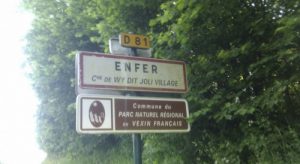A long time ago I met some French tourists on a boat on Lake Titicaca, fellow trekkers headed from the Peruvian town of Puno for an overnight visit to the island of Taquile. They said their trip was about to end. Capital controls set by their Socialist president had limited how much money they could take out of their country.
I remember thinking, as I hiked the paths of that rocky island, looking across that lake toward Bolivia, that I was lucky to be from a country where the government doesn’t tell you what to do with your money, as long as you follow the law.

Here I am, years later, an American journalist living in France, an expatriate from one of maybe two countries in the world that taxes its citizens wherever they live. It turns out that my own country has policies that make me doubt I’m actually free to live abroad. The Biden administration could fix or at least ease those policies, but so far it seems inclined to make things worse.
But then, President Biden was in the government that helped create the mess that exists today. In 2011, he was vice president and the U.S. needed revenues to pay for the big corporate bailouts of the financial crisis. I was at the Organization for Economic Cooperation and Development in Paris, reporting on that thinktank’s work on tax and other policies. One day, I interviewed a Treasury official sent by the Obama administration to sell the organization’s other rich country members on the merits of a new U.S. law, the Foreign Account Tax Compliance Act of 2010.
The brilliant idea behind FATCA was that by forcing financial institutions around the world to report accounts held by American citizens to the U.S. Internal Revenue Service, the U.S. could collect tax on large amounts of tax revenue on assets those citizens were doubtless hiding.
The Treasury person told her skeptical counterparts at the OECD that the U.S. would work with them to minimize FATCA’s compliance burden and costs on their financial institutions. She said their tax authorities would also get information that would help them fight tax evasion. It turns out that was a bunch of merde.
A Policy That Doesn’t Work
I would like to ask the Treasury geniuses who thought up FATCA, and the Congress members who passed it, if they ever considered the reporting and financial nightmare the law would eventually create for American citizens living and working abroad.
“The problem, really, is that the U.S. has a policy of taxing nonresidents, and that policy doesn’t work,” Paul Atkinson, a retired OECD economist, told me. And “it’s not clear that policy actually raises any tax revenue.”
There are other laws complicating the financial lives of U.S. expats, said Atkinson, who’s now head of the banking committee at the Association of Americans Resident Overseas, a lobby group that has its headquarters in Paris.
The U.S. Bank Secrecy Act of 1970, which recently got an update, also hit them with obligations and restrictions. The Trump tax reform of 2017, which handed out tax breaks to many big companies, also included a measure that was supposed to keep multinationals from avoiding U.S. tax by parking their intellectual property in low- or no-tax jurisdictions. It turned out it also hit some expats who own small businesses abroad.

The European Union specifically restricts EU financial institutions’ dealings with U.S. citizens and tax residents. It’s partly trade protectionism, says Atkinson, but “anything nonresident has been deemed high risk. Banks are under pressure, and when they take you as a customer they have to risk-profile you.”
The EU measures add to the mess, but FATCA is the law fueling rage among expats today. It even hits so called Accidental Americans, people who have U.S. citizenship because of a parent, but have never lived in the United States, lack U.S. Social Security numbers and passports, and owe no U.S. tax.
Of course, the government claims FATCA and the other U.S. policies help fight tax evasion, fraud, and money laundering. But they also treat law-abiding U.S. expatriates like tax frauds on parole.
Every year U.S. expats have to report their foreign bank accounts of over $10,000 and other assets held abroad, the account numbers, and how much is in them, or face penalties of up to $10,000 for every unreported account. You have to report them, not to the IRS, but to the Financial Crimes Enforcement Network, FinCEN, a U.S. agency that fights financial fraud.
Sorry, U.S. Citizens Not Welcome.
The FinCEN reporting ankle bracelet is not even the worst of this. Many American expatriates find that it’s impossible to maintain normal financial lives, either because these laws directly block us, or the reporting obligations lead financial institutions and services companies to conclude we’re more trouble than we’re worth.
Social media is seething with expat Americans, school teachers, journalists, lawyers, and others complaining that these policies are destroying their financial lives, and those of their dual-national children. They’re blocked from investing, saving for old age, even getting bank accounts, in some countries.

“Every U.S. citizen living outside of the U.S.A. is a victim in some way or another,” Canada-based American lawyer, John Richardson told me. “It’s a massive problem.”
Unfortunately I know too well. Because of my U.S. citizenship and foreign address, I can’t open accounts with the French version of stock trading apps including Robinhood, e-Toro, Webull, and others, even though French citizens can. I can’t get the U.S. versions either.
France-based and U.S.-based financial entities decline my investment business. Some make it clear that FATCA is the reason. Others don’t bother to give a reason. I can’t get life insurance, which in France is a key retirement savings vehicle. I can’t get an individual retirement account at my New York bank of over 30 years. An IRA type retirement savings vehicle in the country I live in or any kind of mutual fund? Pas possible, monsieur.
Atkinson told me his U.S. bank of close to 40 years dropped him and so did his French bank.
Why do I stay? Well, my son was born in France. My work is here. The country has an actual health care system, so getting sick or injured doesn’t mean going deep into debt. I also have the best cycling roads in the world, and there are other reasons.

Although France’s capital controls are long gone, this place has its own problems. For one thing, the taxes are among the world’s highest. And every year French tax and social welfare filing obligations pile on top of the American ones that come with my citizenship.

Richardson says thousands of American expats have concluded that shedding their U.S. citizenship is the only solution, although it costs thousands of dollars to do that. He co-authored, with two others, a recent article, “Should Overseas Americans Be Required to Buy Their Freedom?” which observes, among other things, that applications by U.S. citizens seeking to renounce their citizenship have soared since FATCA took effect.
“I hate to say it, but the title to the article frames the issue succinctly,” Richardson said.
Richardson and Atkinson said the impact of the Biden budget on all this is not clear. But it proposes to hit financial institutions with more reporting requirements to raise revenue to pay for its big infrastructure spending plans.
“FATCA on Steroids”
“I call it FATCA on steroids. I think they have the potential to push some banks over the edge and make them even harsher in getting rid of Americans,” Atkinson said.
All of this makes me think of those French tourists I met, who had to go home because their president decided how much they could spend abroad.
My grandfather crossed the Atlantic over a century ago to escape poverty in Italy and became an American citizen. I want to keep my U.S. citizenship, but, as a law-abiding citizen of the Land of the Free, shouldn’t I be able to pursue my version of happiness wherever that takes me? Or will U.S. policy keep considering me and other expats tax evaders until proven innocent?




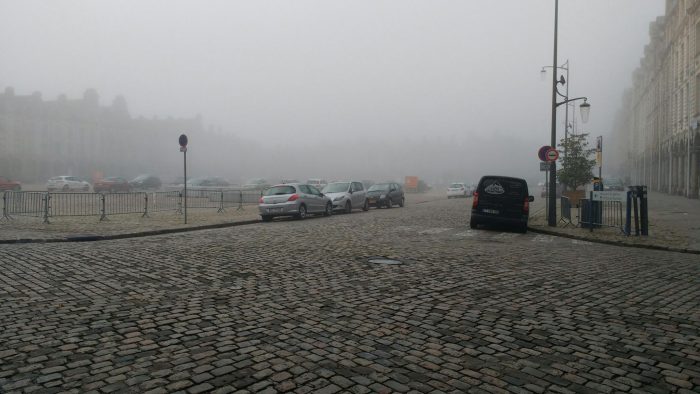


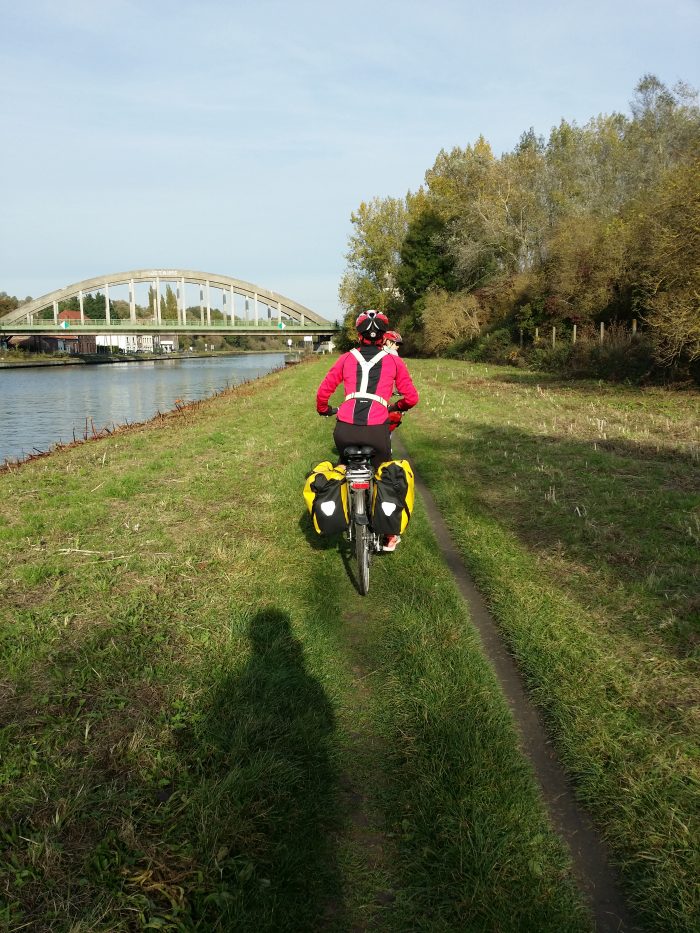
 It was the day before Halloween. Cars parked here and there but we didn’t see many people until we started approaching the edge of Lille. Adults with children in Halloween costumes appeared on the path. A line of people to enter on old railroad car converted into a culture center…
It was the day before Halloween. Cars parked here and there but we didn’t see many people until we started approaching the edge of Lille. Adults with children in Halloween costumes appeared on the path. A line of people to enter on old railroad car converted into a culture center… Then through little towns approaching the Belgian border, Englos, Ennetieres-en-Weppes, edge of Premésaque, at La Chapelles-d’Armentières we stop for a Haribos infusion. The sun is getting low and it’s not even 4pm. That’s cycling in fall. We ride along the busy national road that runs from Lille to Armentières.
Then through little towns approaching the Belgian border, Englos, Ennetieres-en-Weppes, edge of Premésaque, at La Chapelles-d’Armentières we stop for a Haribos infusion. The sun is getting low and it’s not even 4pm. That’s cycling in fall. We ride along the busy national road that runs from Lille to Armentières.








 Picture by Henry M.
Picture by Henry M.

 The bike lanes were good just about everywhere in Flanders,, but I hadn’t done any route planning and it turned out to be easy to get lost.
The bike lanes were good just about everywhere in Flanders,, but I hadn’t done any route planning and it turned out to be easy to get lost.
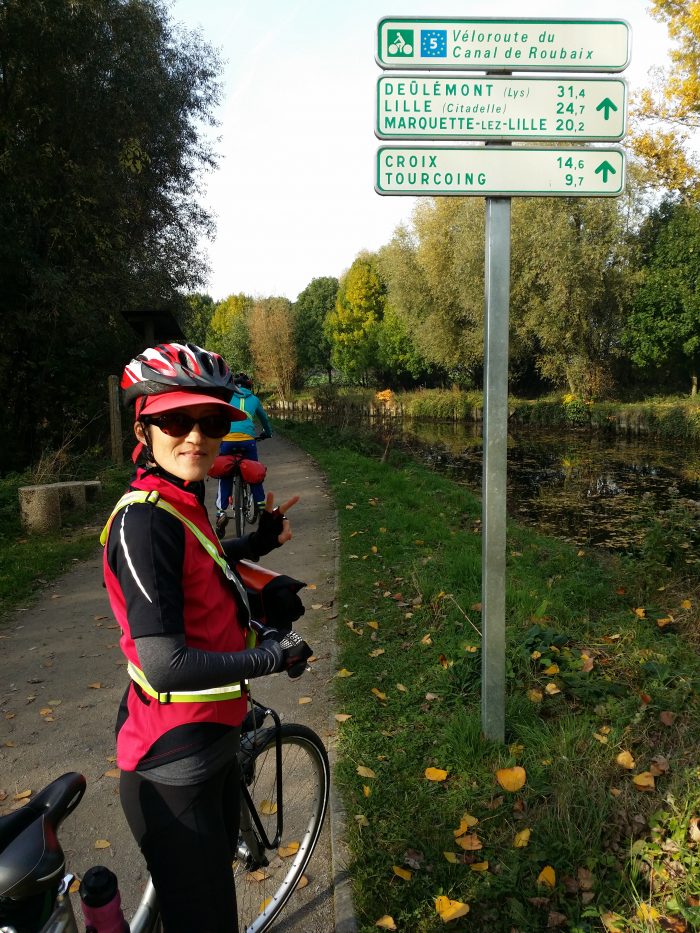











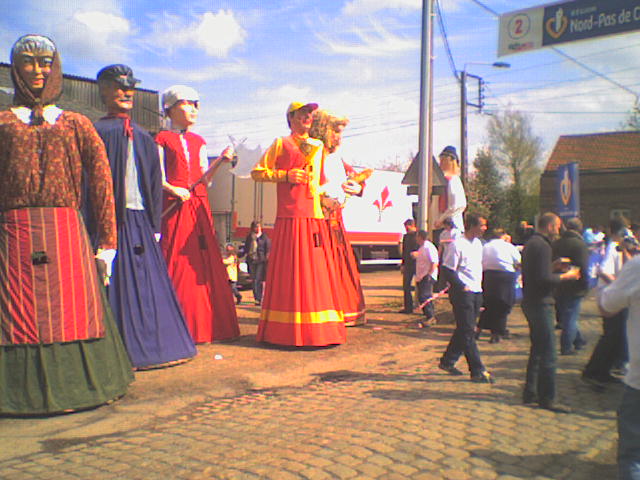


 0
0
 Weiss Beers sitting outside at the bottom of the Passage du Pont aux Biches in the third. Waiting for the Beast to open on Rue Meslay. Real barbecue brisket, pulled pork, ribs and cole slaw, on July 4, pecan pie, Beast beer in a jar. Talked to a couple from Dallas, Texas. His family emigrated from the Azores to New Bedford, a whaling town in Massachusetts.
Weiss Beers sitting outside at the bottom of the Passage du Pont aux Biches in the third. Waiting for the Beast to open on Rue Meslay. Real barbecue brisket, pulled pork, ribs and cole slaw, on July 4, pecan pie, Beast beer in a jar. Talked to a couple from Dallas, Texas. His family emigrated from the Azores to New Bedford, a whaling town in Massachusetts. St. Germain-en-Laye, Yvelines, rue de la Big Fountain, near the hospital, across from a school, in the room that I work in.
St. Germain-en-Laye, Yvelines, rue de la Big Fountain, near the hospital, across from a school, in the room that I work in.
